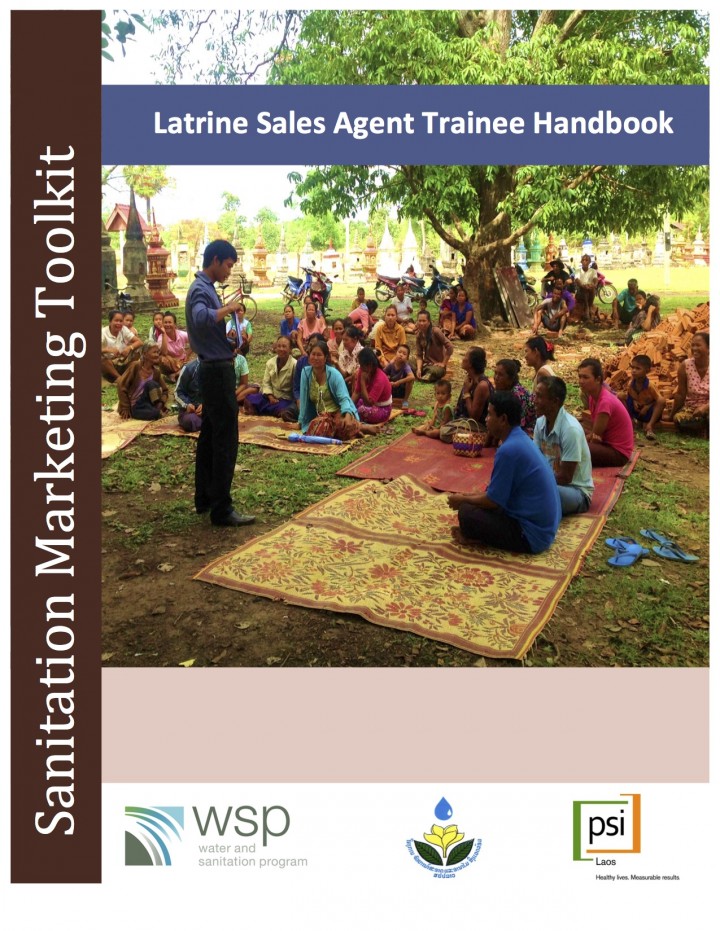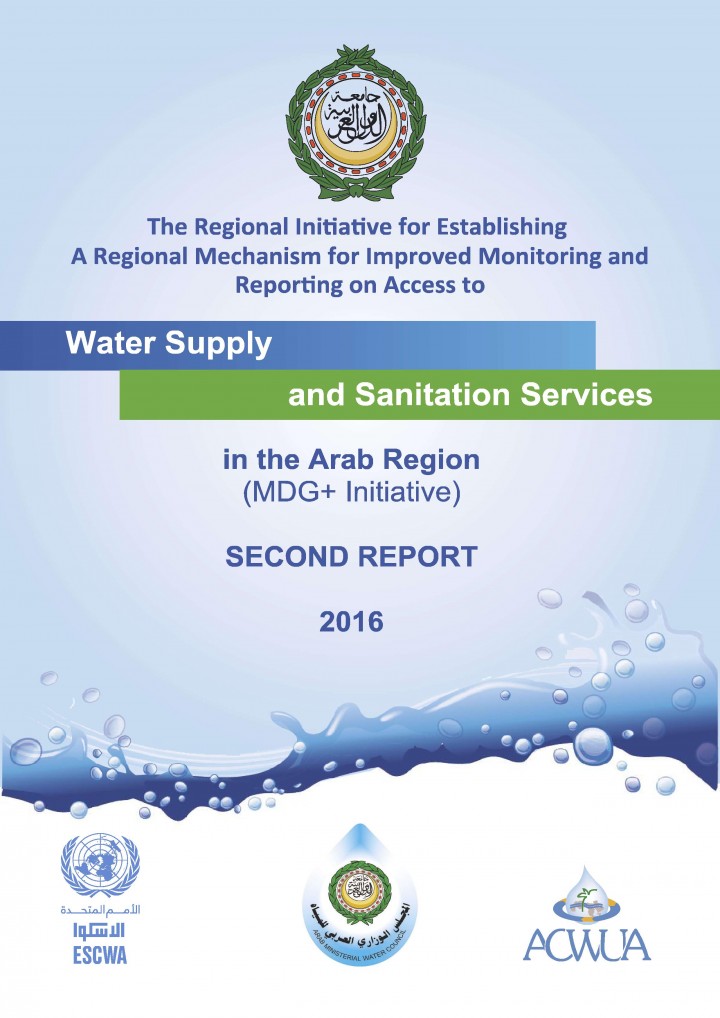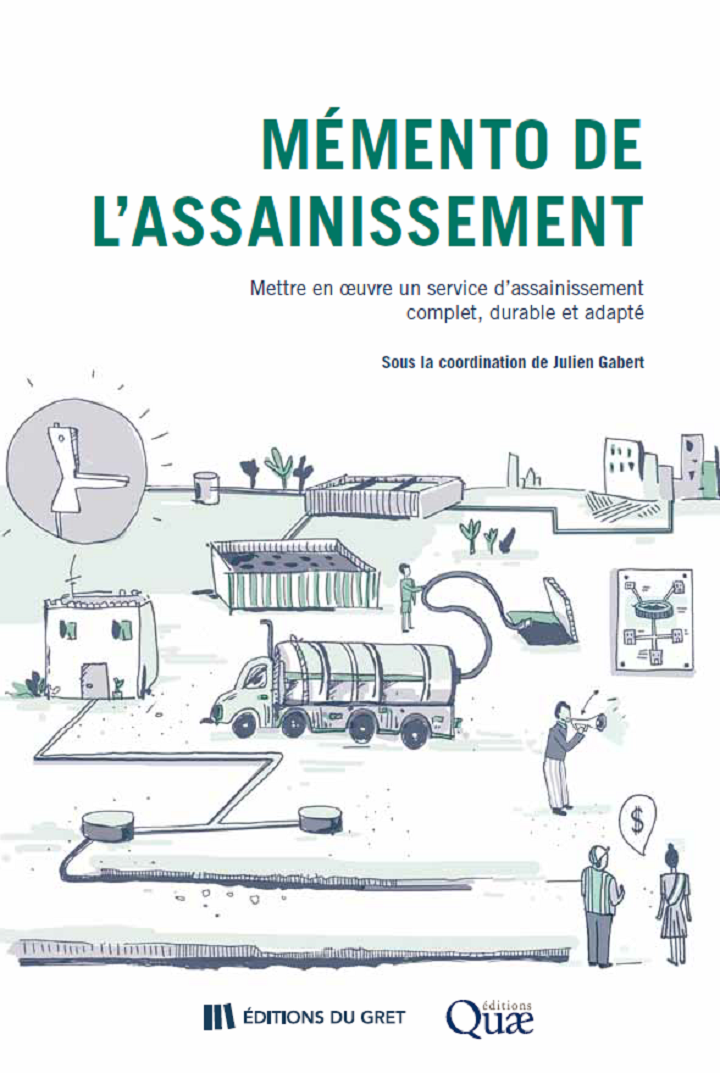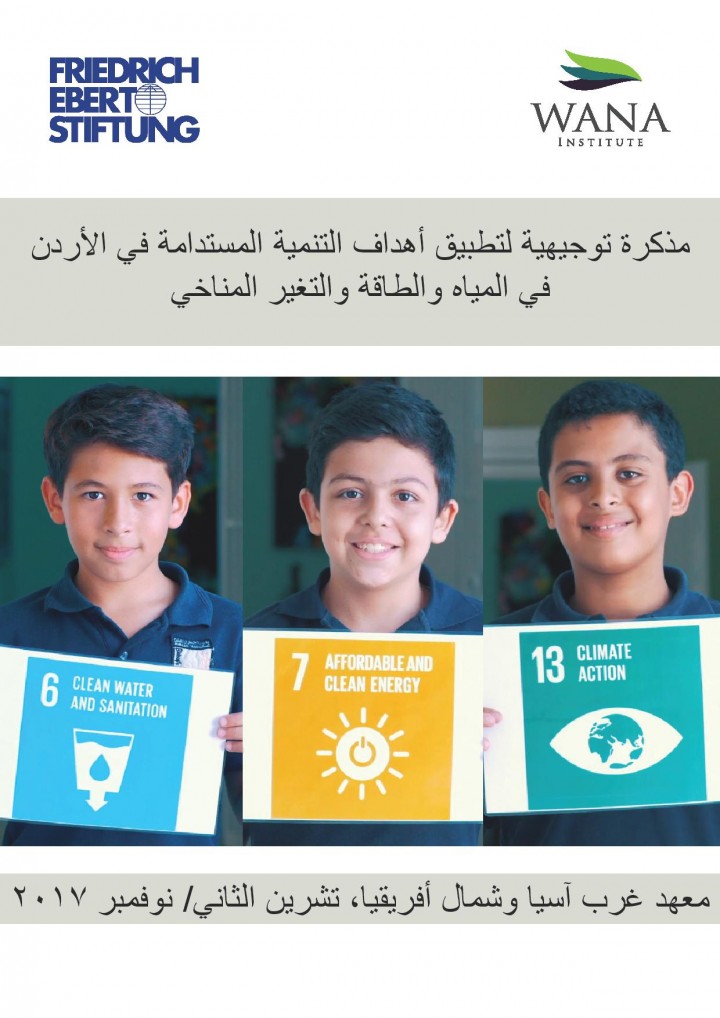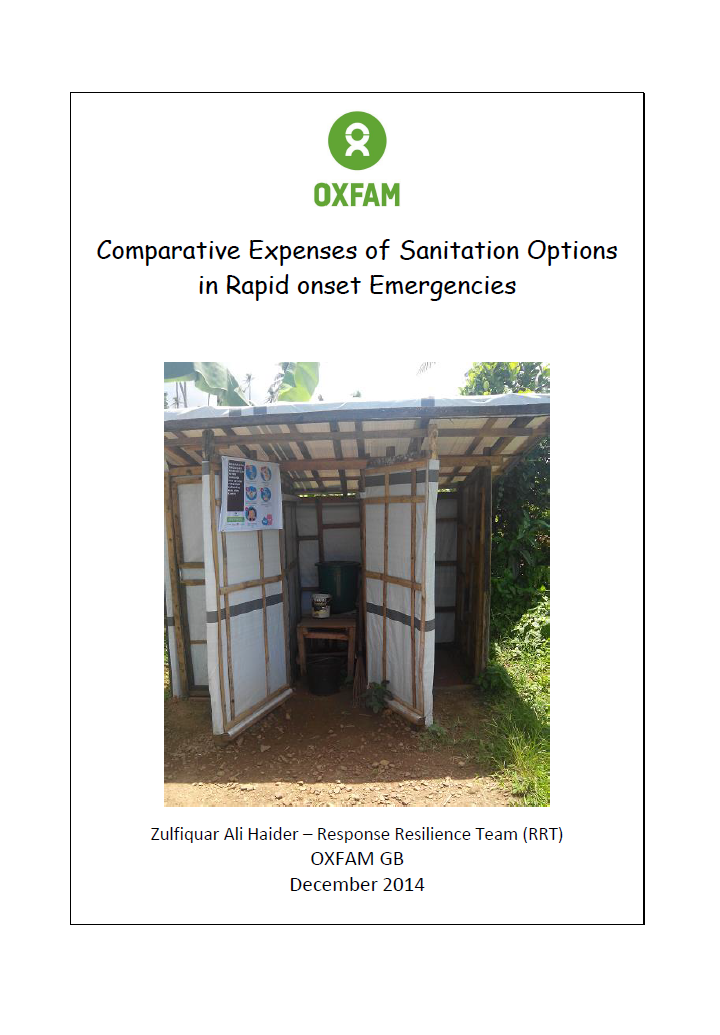FAO (1996) Biogas Technology: A training manual for extension Support for Development of National Biogas Programme
This manual is an outcome of (FAO/TCP/NEP/4451 -T) project being implemented with the Ministry of Forest and Soil Conservation as the liaison institution. CMS developed this manual through six stages. To start with, a team of four CMS professionals prepared a draft of this manual which was improved upon based on the comments and suggestions from the national experts and practitioners. At this stage, professional inputs from FAO was […]
The Arab Republic of Egypt (2016) Egypt Vision 2030
Inspired by the ancient Egyptian Civilization, linking the present to future, the Sustainable Development Strategy (SDS): Egypt Vision 2030 represents a foothold on the way towards inclusive development. Thus cultivating a prosperity path through, economic and social justice, and reviving the role of Egypt in regional leadership. SDS represents a roadmap for maximizing competitive advantage to achieve the dreams and aspirations of Egyptians in a dignified […]
Ministry of Planning and International Cooperation in Jordan (2017) The Jordan Response Plan for the Syria Crisis 2017-2019
With the Syria crisis entering its seventh year in 2017, Jordan is hosting some 1.266 million Syrians, of which 655,833 are registered as refugees. Providing for their needs, without jeopardizing Jordanian people, institutions and systems’ development gains and opportunities, has impacted heavily on Jordan’s finances, increasing government expenditures on subsidies, public services and security, while further compounding the negative economic consequences of regional instability. Since 2013, […]
WSP, PSI (2018) Sanitation Marketing in Lao PDR - Book 8 Latrine Sales Agent Trainee Handbook
This manual provides the responsibilities of all sales agents and the tools, strategies and information you need to do so. This manual may be revised occasionally to reflect new policies or procedures. Sales agents will receive revised sections or amendments to the manuals as they are made.
FAO (2017) Near East and North Africa Regional Review of Food Insecurity Sustainable Agriculture Water Management is Key to Ending Hunger and to Climate Change Adaptation
The Regional Overview underlines the urgency to develop and implement strategies for sustainable management of water resources and to adapt to the climate change impact on water and agriculture. The report documents several positive experiences in sustainable management of water resources and climate change adaptation in the region. It highlights the importance of accelerating investments aimed at improving water efficiency and water productivity as well […]
Ministry of Planning and International Cooperation in Jordan (2017) Jordan’s Way to Sustainable Development First National Voluntary review on the implementation of the 2030 Agenda
This report was published in 2017 and presented at the UN meeting in July 2017. This is the first National Voluntary Review of the SDGs for Jordan and contains progress on the SDGs, future plans and recommendations.
DepED (2017) DepED Philippines National Guidelines for WASH in Schools Three Star Approach: What you need to know
Guidelines for School-Based-Management (SBM) for WASH in Schools
SSWM (2010) Sustainable Sanitation and Water Management Toolbox (SSWM website) A website that helps you find tangible tools and resources to solve sanitation and water management challenges
Water resources around the world are under increasing pressure: Population growth and urbanisation, climate change and rapid industrialisation, expanding and intensifying agricultural production, and increasing demand of water for industry and energy production are all putting pressure on water resources. Around the world, water scarcity and conflicts seriously undermine progress towards achieving the Sustainable Development Goals. Although scarce, water resources are all too often used […]
League of Arab States, UN ESCWA, ACWUA (2016) Water Supply and Sanitation Services in the Arab Region The Regional Initiative for Establishing A Regional Mechanism for Improved Monitoring and Reporting on Access to Water supply and sanitation in the Arab Region
The establishment of the regional mechanism for monitoring and reporting on access to water supply and sanitation services in the Arab Region (MDG+ Initiative) was launched by the Arab Ministerial Water Council in 2010. The initiative provides reliable information on access to water supply services in Arab States based on a set of regionally approved indicators, a harmonized methodology and data collected and vetted by […]
Olschewski, A. (2016) A business case for supported Self-supply as service delivery approach to achieve SDGs
Supported Self-supply is highly relevant as a complementary service delivery model for rural water supply since conventional water delivery services would simply be too expensive to ensure universal access to safe water, which is defined as SDG target 6.1. Many rural households invest in improving water supplies of their own as they highly appreciate the convenience of supplies close by their homes, having access to […]
BMGF (2018) MEDS Convening 2018 Conversations about Sanitation, SDGs and Research
The Measurement, Evidence, and Dissemination, for Scale (MEDS) initiative was created by merging the Measurement, Learning and Evaluation (MLE) initiative with the Building Demand for Sanitation (BDS) initiative at the end of 2015. The 2017 MEDS Convening was the 2nd convening under MEDS but the 6th annual meeting for many of the participants, formally convening under the BDS portfolio. In 2017, the MEDS grantees convened in […]
Spuhler, D., Adams, M., Ddiba, D. and Tempel, A. (2016) SuSanA’s Contribution to the Agenda 2030 for sustainable development Position paper of Working Group 1 – Capacity development (DRAFT)
This paper aims at providing an overview of the importance of capacity building within the sustainable sanitation sector, highlighting the existing gaps regarding capacity development and continuing an agenda on how one can contribute towards effective capacity building to achieve the sustainable development goals in relation to sustainable sanitation. Based on a workshop at SuSanAs Working Group 1 meeting during the Stockholm Water Week 2016, […]
Sachs, J., Schmidt-Traub, G., Kroll, C., Lafortune, G. and Fuller, G. (2018) Global Responsibilities: Implementing the Goals SDG Index and Dashboard Report 2018
The 2018 SDG Index and Dashboards report presents a revised and updated assessment of countries’ distance to achieving the Sustainable Development Goals (SDGs). It includes detailed SDG Dashboards to help identify implementation priorities for the SDGs. The report also provides a ranking of countries by the aggregate SDG Index of overall performance.
Gabert, J., et al. (2018) Mettre en oeuvre un service d’assainissement complet, durable et adapté (in French) Implement a complete, sustainable and adapted sanitation service
The Remediation Handbook is a methodological and practical guide for the operational implementation of liquid sanitation services in developing countries. It covers the entire sector, from the collection of wastewater and sludge to treatment, in rural, urban and semi-urban areas.
Sharman, B. (2018) دليل اعمال السباكة في المساجد Directory of plumbing works in mosques (in Arabic)
Nassar, L. (2017) مذكرة توجيهية لتطبيق أهداف التنمية المستدامة في الأردن في المياه والطاقة والتغير المناخي A Guidance Note for SDG Implementation in Jordan: Water, Energy, and Climate Change (in Arabic)
Nassar, L. (2017) A Guidance Note for SDG Implementation in Jordan: Water, Energy, and Climate Change
Jordan faces dire environmental challenges. The country is ranked as having one of the lowest levels of water resource availability in the world. An already difficult situation is being exacerbated by a high influx of refugees and the impacts of climate change. In addition, Jordan is one of the few energy resource poor countries in the Middle East, with government debt levels having increased by […]
ICRC (2018) الخدمات الحضرية أثناء النزاعات المسلحة الممتدة - Urban services during protracted armed conflict (in Arabic) دعوة لتبني نهج أفضل لمساعدة المتضررين
يسعى هذا التقرير لمحاكاة المناقشة الاكثر إلحاحا حول تطوير منهج أفضل لمساعدة الاشخاص في المناطق الحضرية الذين تأثروا بالنزاع المسلح الممتد. ويضم البحث ً الحالي مع تجربة اللجنة الدولية التي تزيد عن ثالثة عقود في المناطق الحضرية، مستمدا المعلومات من خلال مجموعات التركيز والمقابلات الفردية بالاضافة إلى الدراسات المعمقة في العراق وغزة
ICRC (2018) Urban Services during Protracted Armed Conflict a call for a better approach to assisting affected people
Urbanization is constantly on the rise, with cities already absorbing more than half of the world’s population and armed conflicts increasingly being fought in urban settings. Regions facing protracted armed conflict see a steady decline in essential public services, while the relief-rehabilitation-development paradigm and funding mechanisms fail to provide a satisfactory response in these settings. Based on more than 30 years of ICRC experience in protracted […]
Haider, Z. A. (2014) Comparative Expenses of Sanitation Options in Rapid onset Emergencies
Several major donors are now looking for “value for money” in all WaSH emergency programmes. Therefore in order to justify the cost of Oxfam’s selected latrine design not only should initial construction cost be considered but also the on- going operation & maintenance costs to ensure that we are providing “value for money” in phase of emergency and the long run. In saying this, value for […]



